Indian inscriptions have been studied for their text and have provided a wealth of information of great historical value and importance. Symbols occurring in inscriptions as well as graphic representations have somehow not received as much attention, except for a few symbols, in contrast to the study of symbols in coins, art, mythology, etc. Symbols and Graphic Representations in Indian Inscriptions is a study of these renderings in inscriptional text, considered insignificant by most scholars. It is a pioneering work in which the earliest symbols, the svastika, the symbol for Om or siddham, and various other symbols and graphic representations in inscriptions have been meticulously collected and analysed in spatial and temporal perspective. Analogous information as well as comparative material available in other representational media has been used to provide yet another perspective to the symbols and graphic representations in inscriptions. The entire repertoire of symbols discussed here has also been fully illustrated, adding to the value of the work.
ABOUT THE AUTHOR B.M. Pande
B.M. Pande retired as Director, Archaeology, Archaeological Survey of India.
ABOUT THE AUTHOR H Sarkar
Haribishnu Sarkar (1928-1987) joined the Archaeological Survey of India in 1955 and retired in 1987 from the post of Joint Director General. An outstanding scholar of international repute, Dr. Sarkar contributed to almost every branch of archaeology. While he will be remembered for his outstanding works such as Studies in Early Buddhist Architecture of India, An Architectural Survey of Temples of Kerala, The Kampaharesvara Temple at Tribhuvanam, the guide books Amravati, Nagarjunakonda and Monuments of Kerala, his synthesizing work entitled Museums and Protection of Monuments and Antiquities in India is also a landmark. He authored nearly hundred research papers on art, architecture, prehistory, protohistory and historic archaeology, epigraphy and numismatics, antiquities and artefacts, etc., in different research journals and encyclopaedias and proceedings of conferences. He had presided over several learned bodies and conferences. He was awarded D. Litt. by the University of Calcutta for his seminal work on the architecture of Kerala. A scholar par excellence, Dr. Sarkar was equally proficient and prolific in Bengali in which he wrote highly informative articles on archaeology. Anthropology, adventure and travel, besides writing poetry for children. B.M. Pande retired in 1996 as Director, Archaeological Survey of India, which he joined in 1961 after completing his Post-graduate Diploma in Archaeology from the School of Archaeology. During his tenure in the Archaeological Survey of India, he worked in different circles and branches and earned reputation for his hard work and scholarship. His areas of work have been wide-ranging, from prehistory to nineteenth century Parsi monuments, reflected in his work and writing. He has been associated with conservation of archaeological monuments as well as major archaeological excavations in different parts of the country. As Director, Institute of Archaeology, he carried out excavations in Thanesar, a major historical site in Haryana. He was published several research papers on different aspects of archaeology. He is the co-editor of Corpus of Indus Seals and Inscriptions, Vol. 3, which is being jointly published by the Helsinki University and the Archaeological Survey of India. A prolific writer in Hindi as well, he was awarded the prestigious Shankar Puraskar for the year 1996 by the K.K. Birla Foundation for his book Puratattva Prasanga : he is the first archaeologist to have been honoured by this award. A Fellow of the Royal Asiatic Society, he is also associated with several institutions and universities.

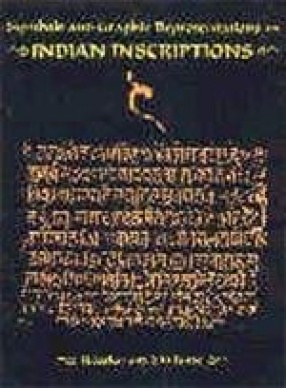
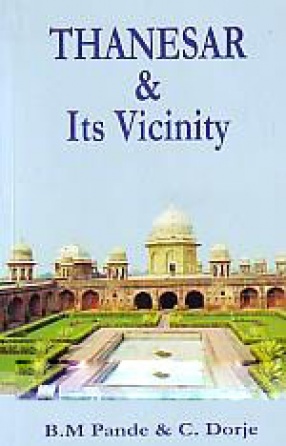

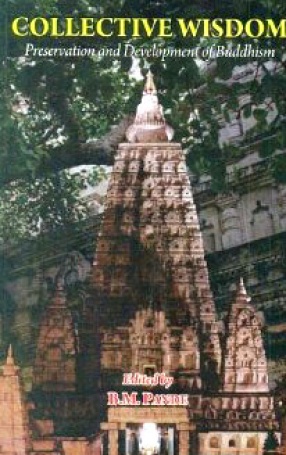
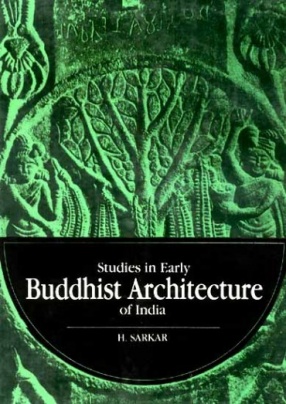
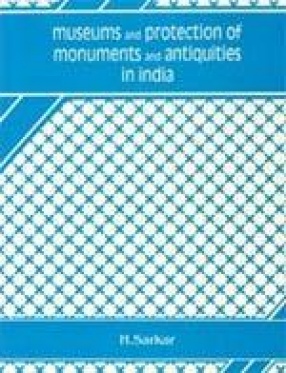
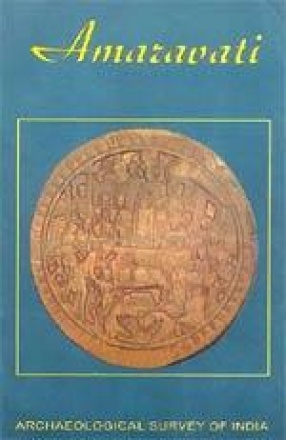
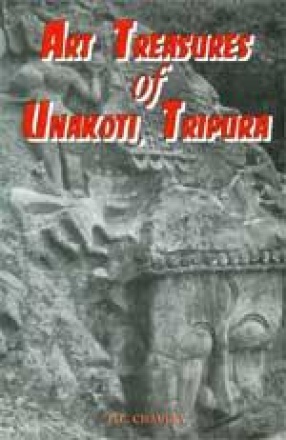

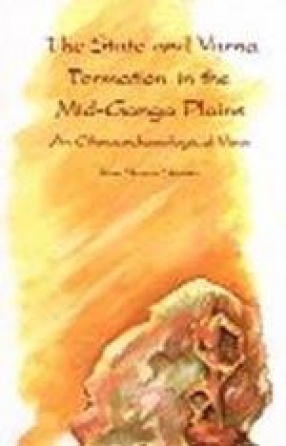
There are no reviews yet.